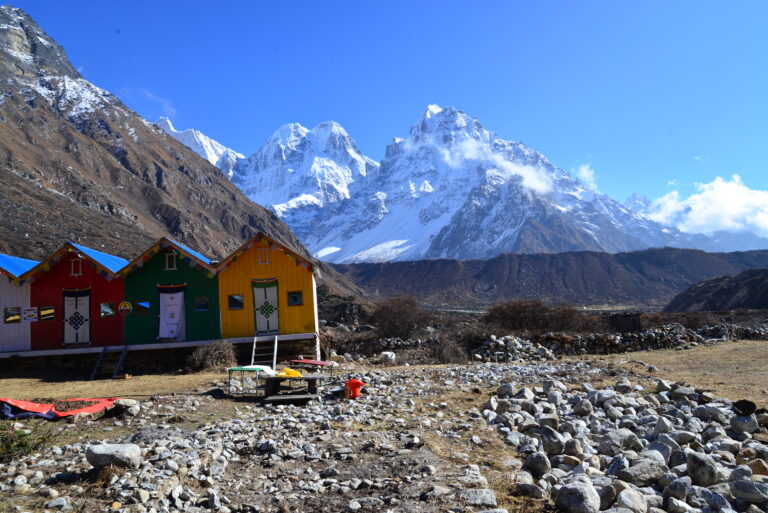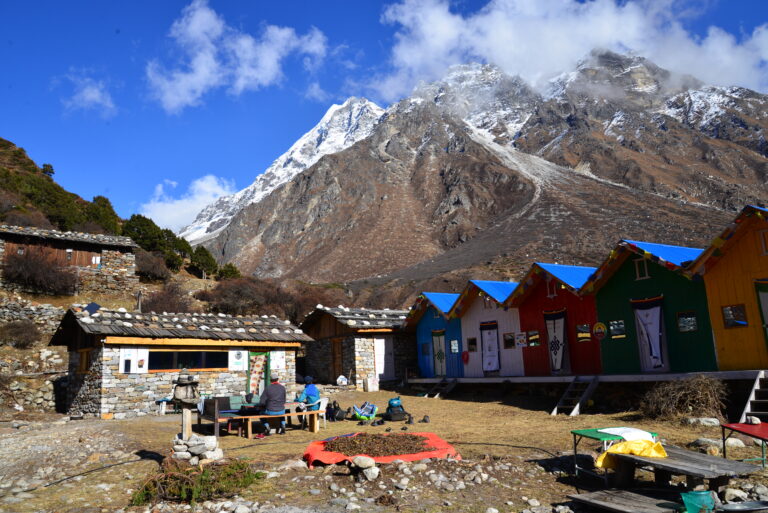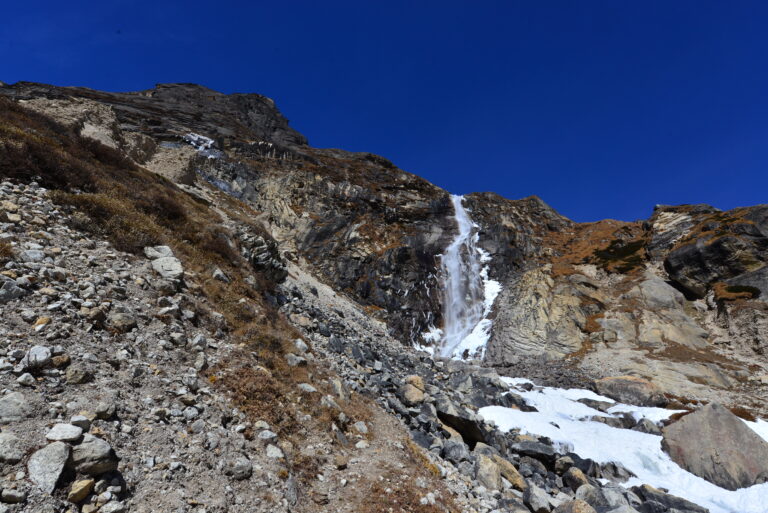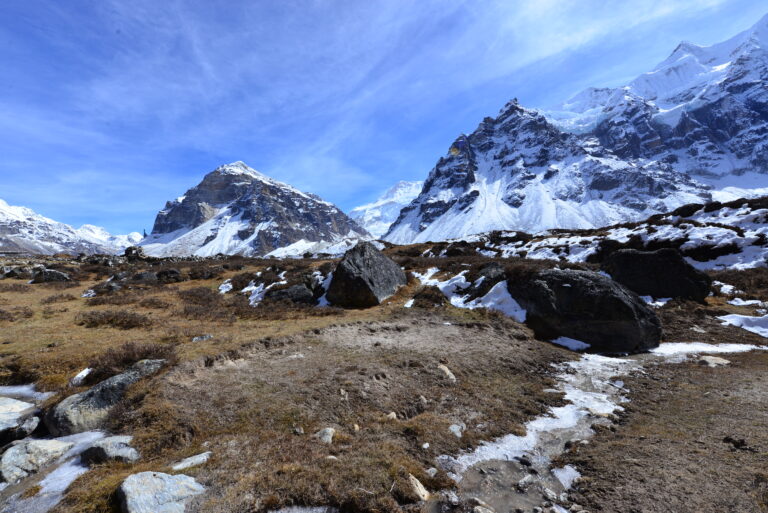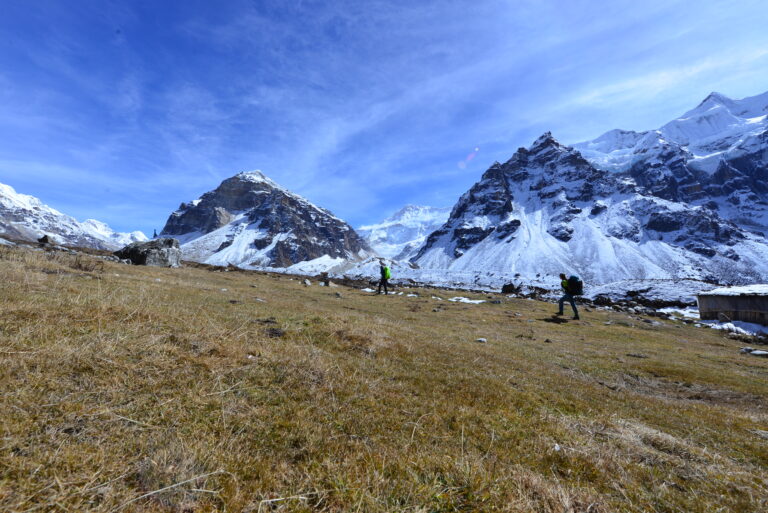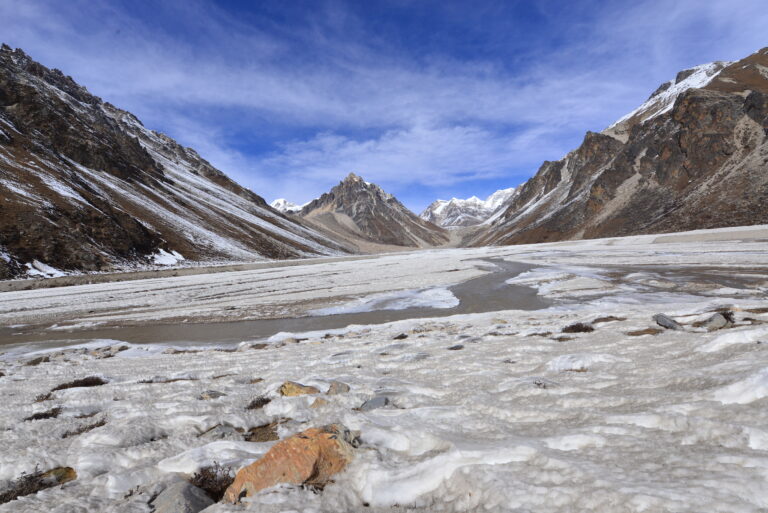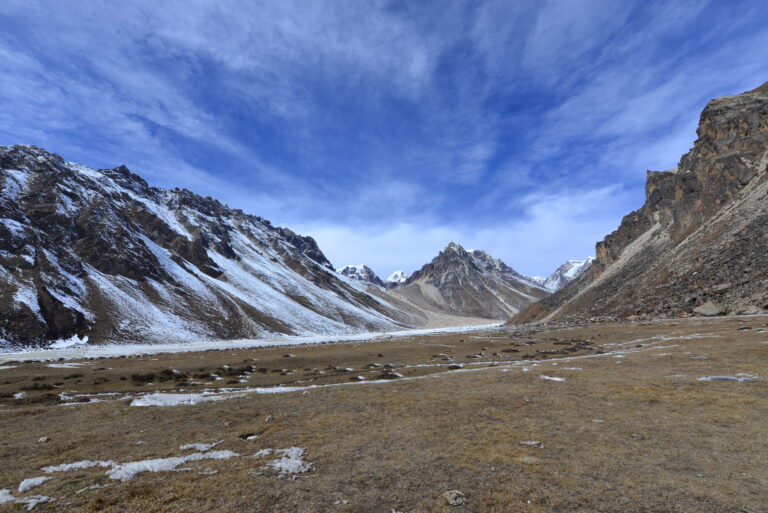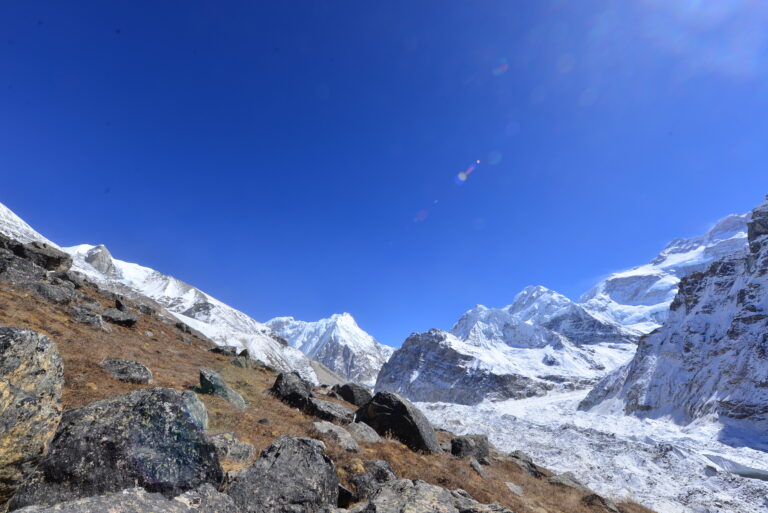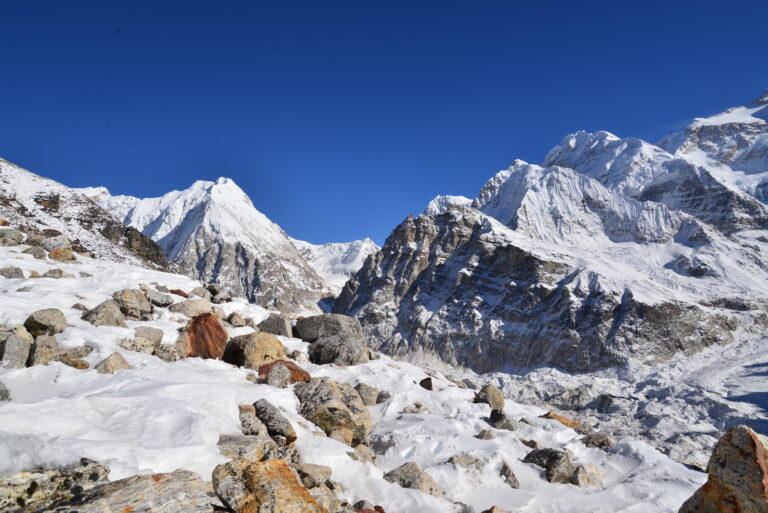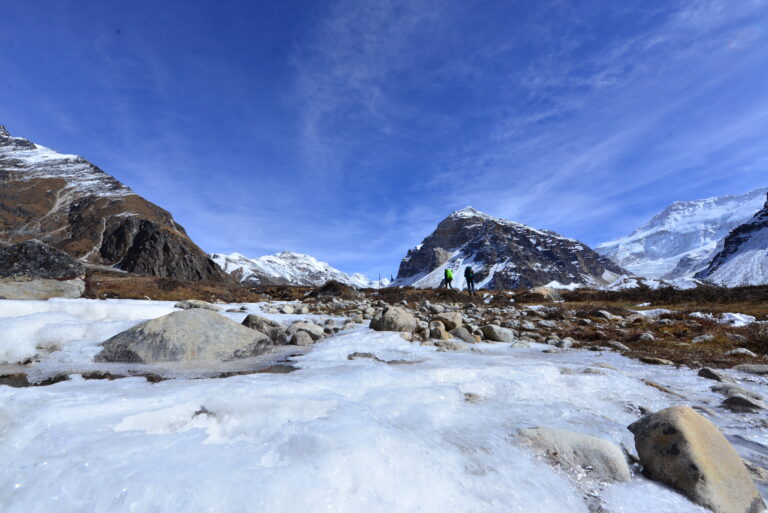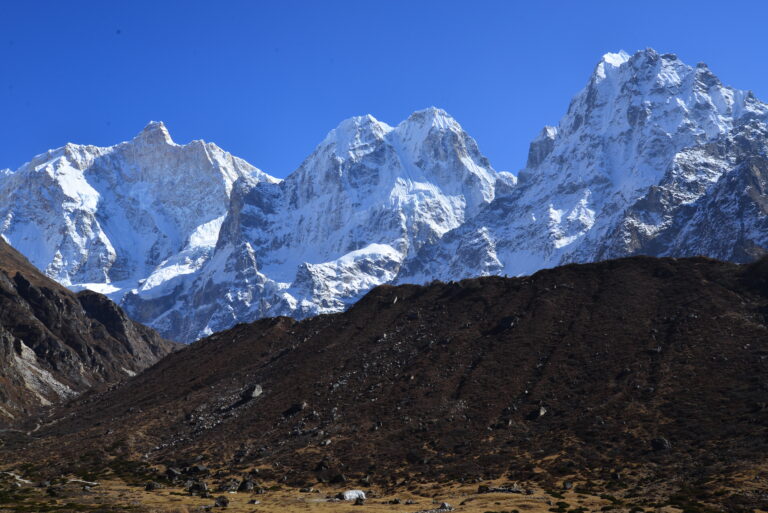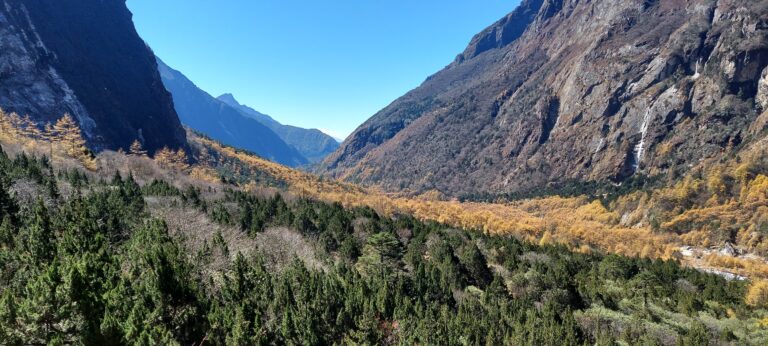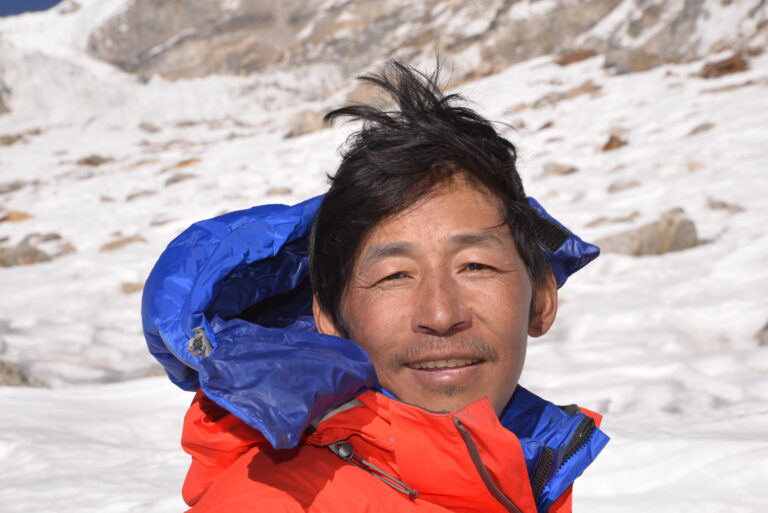Day 01 – Arrival and escort to Hotel – On your arrival date in Kathmandu, we will pick you up from the Tribhuwan international airport and escort to hotel. Your hotel will locate just the center of the Thamel, which is one of the tourist hubs of Kathmandu city.
Day 02 – Exploration of Kathmandu city – We will explore some of the historical and religious places of Kathmandu like Pashupatinath temple, Baudhanath Stupa, Swayambhunath stupa, and Patan Durbar square, which are listed as world heritage sites by UNESCO. After exploration of these sites, we will return back to the hotel and the guide will brief about trekking gears, trekking routes,s, and other related topics.
Day 03 – Fly to Bhadrapur and drive to Kanyam (1633m.a.s.l) – The scenic flight takes 45 minutes to get Bhadrapur from Kathmandu which is a small town in the eastern part of Nepal. The Buddha airlines, Simrik airlines, and Yeti Airlines have daily flights to get Bhadrapurare which are very comfortable and safe airlines of Nepal. during the flight you will have a splendid view of Annapurna, Langtang, Manaslu, and the Everest mountain range. from the Bhadrapur you must drive about two hours to get to Kanyam village which is known as the “queen of east Nepal” due to the green tea garden. There are dozens of good guesthouses in Kanyam where you will have delicious meals and comfortable rooms.
Day 04 – Drive to Suketar (2410ma.s.l) – 7/8 hours drive – you will drive approximately 7 to 8 hours to get Suketar with beautiful paddy fields, cardamom garden green hills, and River valleys. after 7 to 8 hours drive you will reach in Suketar which offer you to see a beautiful landscape and some of the unnamed peaks to the westwards. Suketar is a small town of Taplejung district and also has a small airfield but possible to fly only in the main season of trekking. There are several good guesthouses in Suketar where you will get delicious meals with great hospitality.
Day 05 – Trek to Kunjari (1928m.a.s.l) – 5 to 6 hours walks – Begins of the trek you will climb gradually an approximately one hour to get Deurali Bhanjyang means small pass or saddle then appear a trail junction to go Pathibhara Temple and way to Lali Kharka. The right hand side trail leads us to Lali Kharka through the rhododendron and Bamboo forest. From Lali Kharka, the road descends to the Phawa Khola pass by two villages called Tembewa, Simbu and a small stream known as Phawa Khola. After crossing the Phawa Khola, the trail ascend to the Kunjari with the view of cascading waterfalls, charms landscapes, rocky hills and garden of bananas and bamboos.
Day 06 – Trek to Phumpe Danda (2010m.a.s.l) – 6 hours walks – Today we will head towards Phumpe Danda pass by Kande Bhanjyang, Sinchewa Bhanjyang, khesewa and Phung Phung village to approach Phumpe Danda. The up and downhill trail offers to see beautiful cultivated terraced field, gardens of bananas and cardamom, green forest, charms landscapes, waterfalls and as well as astonishing view of Kanchenjungha mountain. There are two basic lodges are available in Phumpe Danda and offers to have delicious Dall Bhat with lentil soup, vegetable curry, tomato pickle and yoghurt. (+977 9742625486, 024 680 504 Gopi Bhattarai the owner of Teahouse.)
Day 07 – Trek to Yamphudin (2080m.a.s.l) – 6 hours walks – Begins of the trek, we will descends for 35 minutes to get a suspension bridge then the trail gently ascends to the Mamangkhe village which is a beautiful Limbu village and has several teahouses and lodges. After one-hour walk from Mamangkhe appear a trail junction but both trail goes to Yamphudin. The left hand side trail passes via grassy cliffs and moraines with great views of two peaks called Neghung 3810m and Phulbari 4477 meters high. Yamphudin is a small village but still there are several guesthouses, police check-post, primary health-post and Kanchenjungha conservation area project check-post.
Day 08 – Trek to Tortong (2995m.a.s.l) – 7 hours walks – Today we will start our trek earlier than previous days due to walk long distance to get Tortong. Some of the trekkers spend a night in the bhatti (teashop) at Lasiya Bhanjyang but the accommodation is poorest entire the Kanchenjungha trek. Most of the time, we will do an uphill and downhill trail that passes through the forest of Rhododendrons, Pines, oaks and bamboo but still the some of the hilltop purposes to see beautiful landscapes and waterfalls. there are only two guesthouses in Tortong village although 50/60 peoples get accommodation and meals.
Day 09 – Trek to Cheram (3870m.a.s.l) – 03 hours walk – Today we have to climb up almost 900 meters to get Cheram but still trek would be joyful due to climb gradually with a beautiful view of rhododendron, larz, and pine forest. most of the time you will follow the Shimbuwa river so the major attraction of the day would be the view of river valleys, charming landscapes, waterfalls, and huge rocky hills. After three hours walk, you will reach the Cheram where dozens of guesthouses provide the room and meals for the trekkers. From Cheram, you will see a stunning view of the Bokta peak and its beautiful ranges.
Day 10– Trek to Ramchaur or Ramche (4610m.a.s.l) – 4 hours walk – you will head towards Ramche pass by moss-rhododendrons forest, streams, pastureland, beautiful series of open ablation valleys, juniper, cinnamon-scented dwarf rhododendrons, moraines, and Lakes. when you reach Ramche, you will see the beautiful view of Rathong peak 6682m, Kokthang peak 6148m, and a series of kabru Himal which are all more than 7000 meters high. There are only two basic guest houses in Ramche but still, 20/ to 25 people can sleep and eat there.
Day 11– Sight trip to Okhardung or Oktang 4740m and trek back to Cheram – You will head to north-east valley to get Oktang which is one of the best viewpoint of south Kanchenjungha and offers to see very close view of Rathong, Koktahng, Kabru, Yalung and mount Kanchenjungha. The map shows the South Kanchenjungha base camp but recently people can get the base camp due to the Yalung glacier and destroyed trial by the landslides. Most of the trekkers visit Oktang in the morning and get back to the Cheram on the same day but if you have enough time for Kanchenjunga trek then will be good to visit in the afternoon to see the sunset in the background of the Yalung peak, Kanchenjunga, Rathong, kokthang, and kabru himal.
Day 12 – Trek back to Cheram (3868m.a.s.l) – 03 hours walk – Today, you will return back to Cheram again which takes about three hours so you can get enough time to rest and prepare for the selele pass for tomorrow. The trek from Ramche to Cheram will be very pleasant due to walking on the flat trail, gentle descend, and panoramic view of Kabru, Koktang, Rathong and gigantic pastureland.
Day 13 – Trek to Selele camp (4120m.a.s.l) – 7 hours walks – The ascended trail leads us to the Selele camp via rocky path with superb view of landscapes, moraines and small lakes called Ohh Chung pokhari, Miring pokhari and Anda pokhari. Along the day we have to cross three passes known as Sinelapche-La 4640m and Sinion-La 4440 meters high and Selele pass, which are not only the pass but also beautiful viewpoints that command to see charms views of landscapes, glaciers, gigantic pastureland, rugged rocky hills and dozens of snowcapped peaks, especially good view of Janu Himal, Makalu, and far view of Mount Everest. There are only two guesthouses in Selele camp and also very basic rooms and basic meals.
Day 14 – Trek to Ghunsa (3595m.a.s.l) – 4 hours walks – Most of the times, we have to descend to get Ghunsa but still begin of the trek the ascended trail lead us to the northern traverse on a narrow and rocky path to Selele-La 4200 meters then we will drop down to the Ghunsa village through the forest of Rhododendron, Silver birch, larches and silver pines. While heading towards Ghunsa we will have beautiful view of Selele rive, green hills, awesome landscapes and dozens of Chortens, which are well decorated with Buddhist prayer flag and image of Buddhist deities. Ghunsa is a beautiful village and has provision shops, electricity, satellite phone and TV and dozens of guesthouses.
Day 15 – Trek to Khambachen (4145m.a.s.l) – 4 hours walks – we will climb gradually through the larch, rhododendron, silver pine and cedar forest to get a top of a moraine that offers to see striking views of Janu or Kumbhakarna mountain 7711m, Subi dhongje, Khabur and series of the sharphu peaks and its incredible ranges. We have to pay big attention to safe with falling rocks and yaks because hundreds of yaks are grazing on above the trekking trail and coming down with loaded potatoes or other goods. The major attraction of the day would be striking views of Janu Himal, wide meadow, cascading waterfalls, rocky moraines and a sacred place, which is decorated with prayer flag, bells, tridents and other objects of Hindu worship. There are 04 guesthouses in Khangbachen village and provide delicious meals and comfortable rooms.
Day 16 – Trek to Lhonak (4792m.a.s.l) – 5 hours walk – The trail gently ascends from the yard of the guesthouse pass by some Chortens, enormous pastureland, large flocks of blue sheep, rocky moraines, small streams, and loose and exposed gully wall length with stunning views of icy rocky peaks, deep valleys, wonderful rock formations, meadows and astonishing views of Lhonak, wedge peak, Chang Himal, khangbachen peak, Dhromo peak, an as well stunning view of Kanchenjunga and its glaciers.
Day 17 – Sight trip to Pang Pema (5140m.a.s.l) and return back to Lhonak – 6 hours walk – Pleasant hike up to Pang Pema command us to see the north face of kanchenjungha, Drohma peak, Tent peak, Romtang peak, wedge peak, Mera peak, Nepal ghap and some of the wildlife such as Blue sheep, Himalayan Thar, Ghoral, Himalayan pika (Rock rabbits) and a big covey of Chukar (Himalayan snow patriage) and yaks. There is only one stone hut in Pang Pema where we can have basic lunch during the main season. After exploration of this beautiful place; we will return back to Lhonak to spend another joyful night.
Day 18 – Trek to Ghunsa (3595m.a.s.l) – 7 hours walks – Today we have to descend 1600 meters to get Ghunsa village and have to pay big attention due to slippery and icy trail. While heading down to Ghunsa village; we will have fascinating view of Kumbhakarna Himal 7711m, deep river valley and charming landscapes. We will have our lunch in Khanpachen then continuously trek down to Ghunsa that may takes another three to fur hours.
Day 19 – Trek to Amjilosa (2510m.a.s.l) – 7 to 8 hours walks – Early in the morning we will cross Ghunsa Khola (River) on a swing bridge then the trail turns to the left hand side pass by a old monastery called Tashi chholing Gompa. From here we will descends to the Phale village, which a Tibetan refugee village and offers a glimpse of authentic Tibetan culture, two monasteries, traditional carpet-weaving by women and rural lifestyle. We will have our lunch in Gyabla village then head towards Amjilosa through the forest of silver pines, blue spruce, rhododendrons and larches. Most of the time we have to walk on the up and downhill trail with beautiful views of Ghunsa River valley, green forest, rocky hills, cascading waterfalls and cultivated terraced field to get Amjilosa where we will get comfortable beds and organic meals grown on their own farm.
Day 20– Trek to Chirwa or Chhiruwa village (1185m.a.s.l) – 7 hours walk – The pleasant path passes just close of the Ghunsa khola with beautiful views of valleys, caves, moving monkeys, and dozens of small villages called Ghaiyabari, Jonggim, Sekhathum, Lelep, Tamewa, Phembu, Madibung and Thapethok to get Chirwa village so major attraction of the day would be the view of the terraced field, river valleys, rocky hills, and the rural lifestyle. Along the trail, we will meet hundreds of local porters who delivering potatoes, rice, sugar and other eatable things for higher region. There are half dozens of basic guesthouses in Chirwa village and they provides narrow but clean bedrooms for the trekkers.
Day 21 – Trek to Mitlung (1020m.a.s.l) – 4 hours walks – There are two trails to get Taplejung or Sekhathum from Chirwa village like: trek via Lingkhim to Suketar or trek via Mitlung to Taplejung which depend on flying out from Suketar or drive back to Birtamod from Taplejung. We will head towards Mitlung village with fascinating views of green hills, Charming landscapes and river valleys. Most of the times we have to do up and down – up and down through the forest and agricultural terraced field to get Mitlung where we will get comfortable bed and delicious meals from a guesthouse called Mitlung guest house which is run by Krishna Shrestha. Mobile: +977 9814367998.
Day 22 – Trek to Taplejung (1870m.a.s.l) – 4 hours walks – We will head towards Taplejung bazaar pass by Panisar, Hangdewa, Ashangpati, Swaragaun, Ajibung, Hireba and Siddhidanda to get to Taplejung Bazaar. The trail is very zigzag and often appearing steep climb and gently downhill to the river and passes through terraced field and newly build tractor road. We will have beautiful views of Banana and cardamom garden and wonderful houses, which are built with stones, muds and wooden log. There are several good guesthouses in Taplejung bazaar to spend a joyful night.
Day 23 – Fly back to Kathmandu –after a successful trip to the Kanchenjunga, you will fly from suketar to Kathmandu which takes about 55 minutes to get to Kathmandu. During the flight, you will see astonishing views of high mountains like Makalu, Kanchenjungha, Janu, and as well as a far view of Mount Everest. s
Day 24 – Final destination – After successful trip of Kanchenjungha, you will fly back to your home with great experience of Nepal and many tales about culture, tradition, nature views, colorful people and their unique costumes, which makes you a storyteller among your friends and colleagues.
